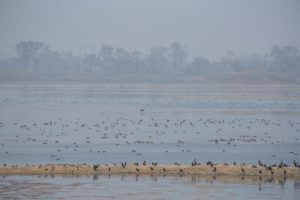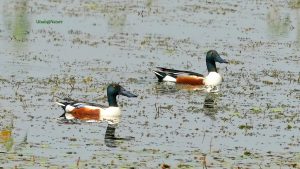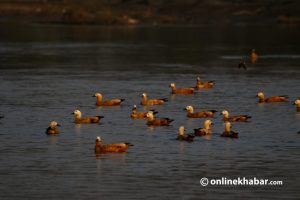
Rich in water resources, Nepal also has a number of wetlands. These wetlands hold a wide variety of importance for human beings as well as the diverse flora and fauna that depend on the wetlands.
Wetlands are very essential not just to birds but to human civilisation too, naturally, socially, culturally, spiritually and psychologically. As Nepal celebrates Wetlands Day, here are a few things that you need to know about the wetlands in Nepal.
Diversity in wetlands
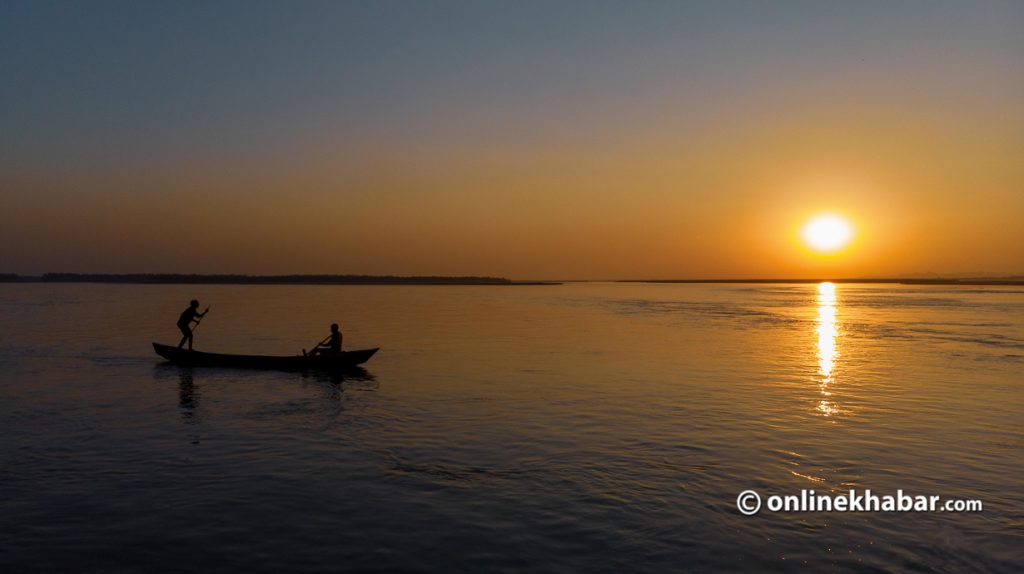
Wetlands in Nepal are diverse, encompassing a range of ecosystems such as marshes, swamps, and flooded grasslands. These ecosystems are characterised by their saturated soils and the presence of water either at or near the surface. And activists, like every year on Wetlands Day, urge all to realise they are home to a wide variety of plant and animal species, many of which are found nowhere else on earth.
In Nepal, wetlands are primarily found in the Terai region, the southern part of the country characterised by its flat topography and its proximity to the Himalayas, which provide the water that feeds these ecosystems.
Importance for biodiversity
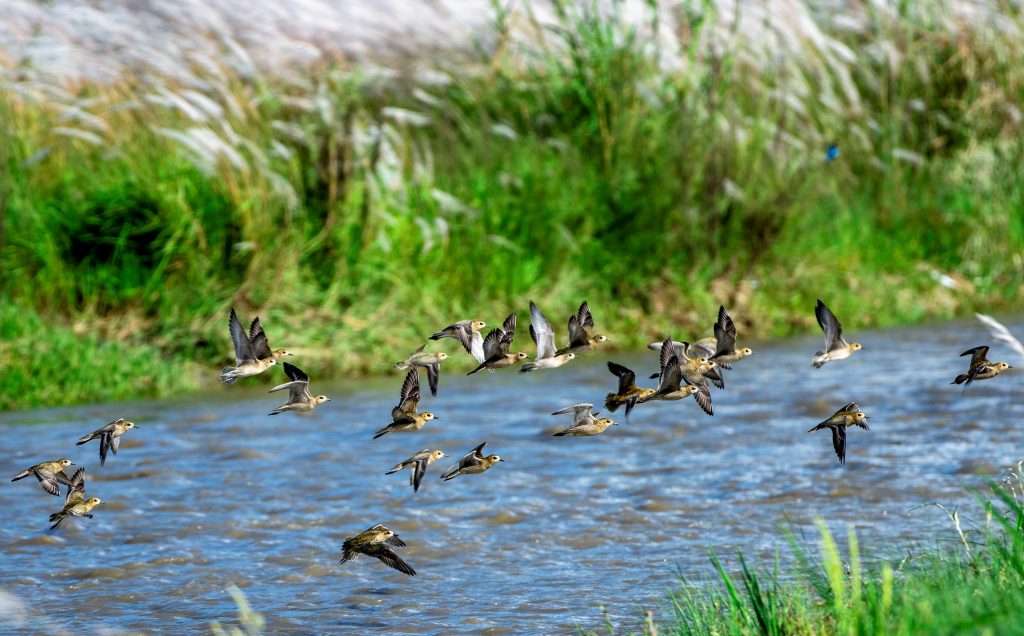
Wetlands in Nepal are important for biodiversity as they serve as a habitat for many endangered species, including the Bengal tiger, one-horned rhinoceros, and swamp deer.
There are about 900 species of birds in Nepal, out of which 200 are wetland birds and 150 are waterbirds. Of the 150, more than half are migratory birds. These ecosystems also support a wide variety of migratory bird species, making them important stopovers for birds travelling along the East Asian-Australasian Flyway.
Wetlands in Nepal also provide important ecosystem services. They help to purify water by removing pollutants and sediment, and they also play a role in carbon sequestration and flood control. They also act as buffers, protecting the surrounding landscape from the impacts of heavy rainfall and floods.
Increasing threats
Unfortunately, many wetlands in Nepal are facing threats from human activities. This Wetlands Day, people are acknowledging problems like land conversion, overuse of resources, and pollution that are taking their toll on these fragile ecosystems. The expansion of agricultural land, urbanisation and the construction of dams and other large infrastructures, the use of concrete and commercialisation around the wetlands in Nepal have also increased the threat.
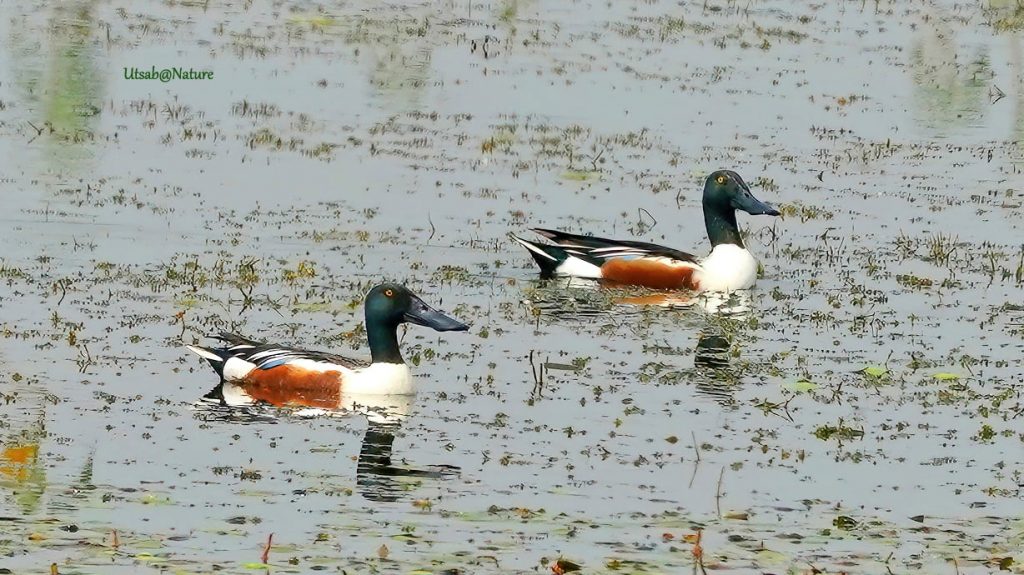
Of the global wetlands, over 90 per cent have been degraded since the 1700s. The condition of wetlands in Nepal is not different either as they have been degrading for various reasons. For now, Nepal has over 5 per cent of wetlands, but the future is in limbo.
Climate change is still recognised as a major threat to Nepal’s resources this Wetlands Day. Rising temperatures and changing precipitation patterns can alter the hydrology and ecology of these ecosystems. This can lead to the loss of biodiversity and the erosion of ecosystem services, making it even more important to take action to protect and conserve wetlands in Nepal.
Traditional use of wetland resources by local communities is an important aspect of wetland management in Nepal. Many communities in the Terai region rely on wetlands for their livelihoods, and it is important to ensure that their needs are taken into account when managing these ecosystems. For commercial use, wetlands in Nepal are being taken as recreational spots for boating, and picnics with view towers. People love getting near marine life like that in Taudaha but that is endangering their habitat.
Highlighting the threat, World Wetlands Day 2023 has adopted ‘It’s Time for Wetlands Restoration‘ as its theme of the year.
Ramsar sites in Nepal

Ramsar sites are internationally recognised wetlands, and Nepal has several Ramsar sites. Some of the most important Ramsar sites in Nepal are Koshi Tappu Wildlife Reserve, Bishazari Tal, and Ghodaghodi Tal. These sites are recognised for their ecological importance and are protected under international law. So far, on this year’s Wetlands Day, Nepal has 10 Ramsar sites, but according to the National Ramsar Strategy and Action Plan [2018-2024], by the end of 2024, Nepal aims to declare up to 20 Ramsar sites.
Management of wetlands in Nepal

In Nepal, wetland management is primarily the responsibility of the Department of National Parks and Wildlife Conservation. This department works to protect and manage wetlands in Nepal, but it also relies on the support of other organisations and stakeholders.
Several wetland conservation and management initiatives are being implemented in Nepal. The Integrated Conservation and Development Project is one such initiative that aims to conserve wetlands while also improving the livelihoods of local communities.
Research about wetlands in Nepal is also minimal. Meanwhile, as the country celebrates Wetlands Day, the Wetlands Act is yet to be formulated.




